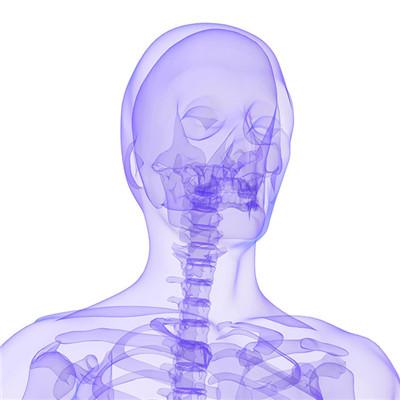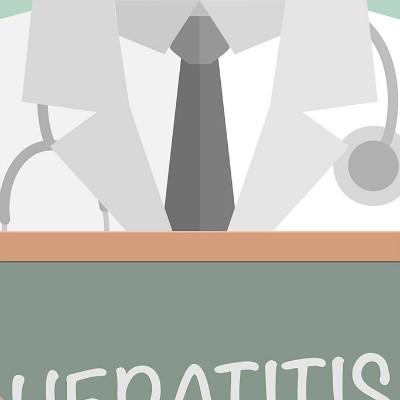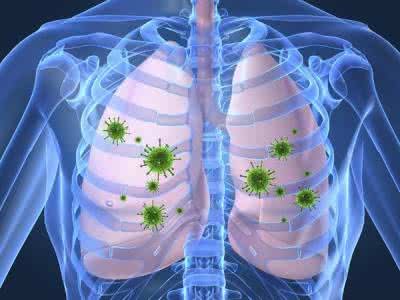Symptoms of insanity?
summary
Insanity is also known as delirium [1]. Patients have mild disturbance of consciousness. Because they tend to fantasize, they can't distinguish between the outside world and their own state, but they can also realize their own thinking. However, they lack systematicness and incoherence, so they are naturally in a state of confusion. If the disease develops, it will talk nonsense. If the disease is mild, it will tend to fantasy. Symptoms of insanity? Let's talk about it
Symptoms of insanity?
Delirium symptoms often fluctuate rapidly, even within a few minutes, and tend to worsen after sunset. The most significant symptom is the confusion of consciousness, accompanied by the disorientation of time, place and character, which makes it difficult to concentrate. It is often confused with the daily events and routine activities, and the change of personality and emotion is common.
Symptoms include irritability, misbehavior, timidity, hyperactivity or even obvious psychotic signs, such as delusions, hallucinations (usually visual hallucinations) or paranoia. Some patients show calmness, withdrawal or apathy, while others show excitement or hyperactivity; The restlessness of the body is often manifested as walking back and forth. In a very short period of time, patients can show contradictory emotions.

Thinking can not be organized, incoherent, often have significant ambiguous speech, speak too fast, create new words, aphasia errors, or disordered language patterns. Normal sleep and eating patterns often have major mistakes. Some patients will feel dizzy.

matters needing attention
Should try to keep the environment quiet and calm, lighting should be dark, but not a dark. Medical staff and family members should make patients feel at ease, strengthen their directional judgment, and explain various operations in time. Superfluous drugs should be avoided unless they are used to treat the underlying cause. However, sometimes symptomatic treatment is also necessary if the agitation symptoms may endanger the safety of patients, nurses or medical staff. Appropriate restraint can help prevent patients from pulling out intravenous infusion or other treatment lines. Physical restraint on patients must be carried out by trained personnel; The restraint should be released every 2 hours to prevent injury. Once the symptoms are improved, the restraint should be released as soon as possible.

















